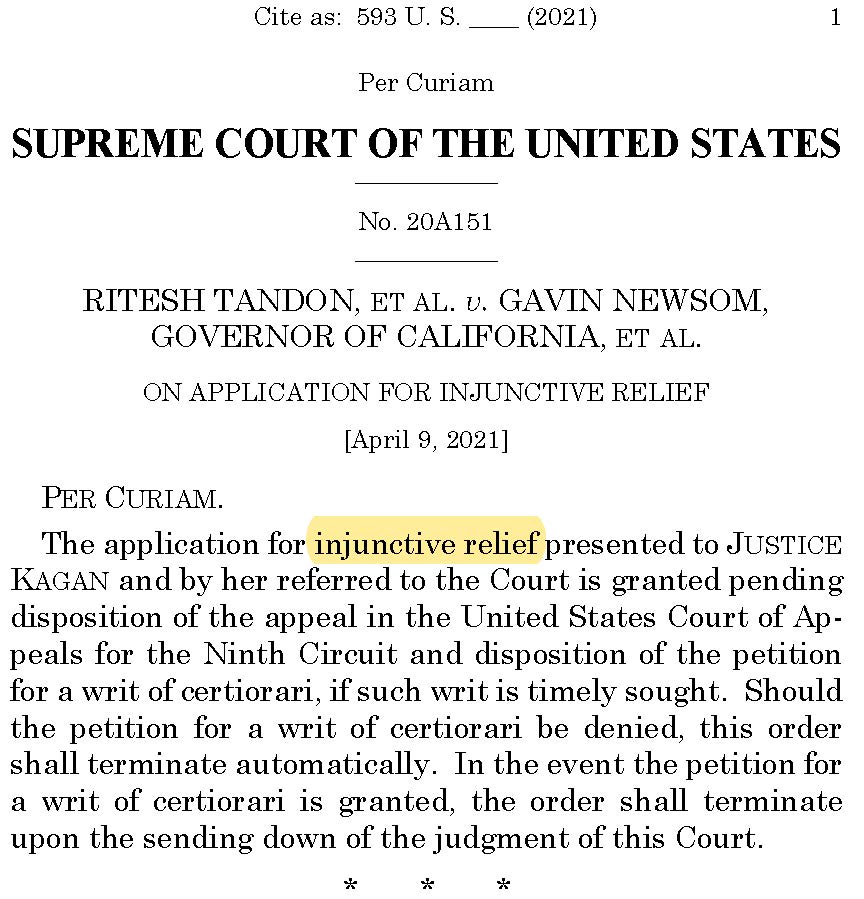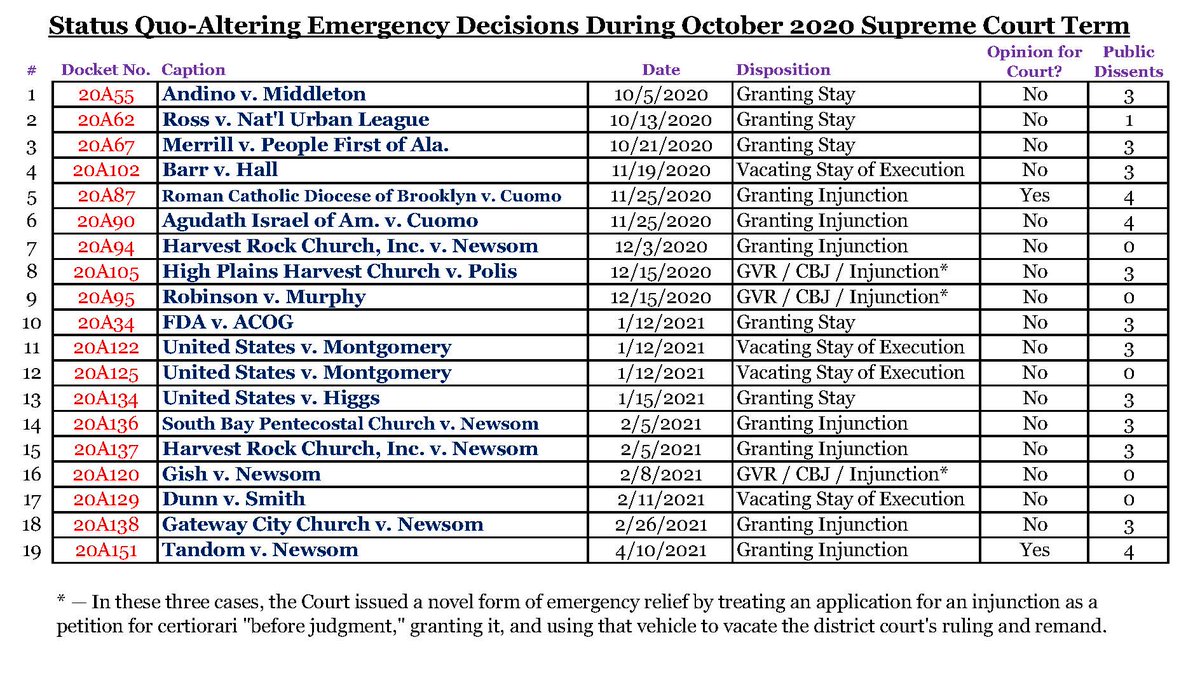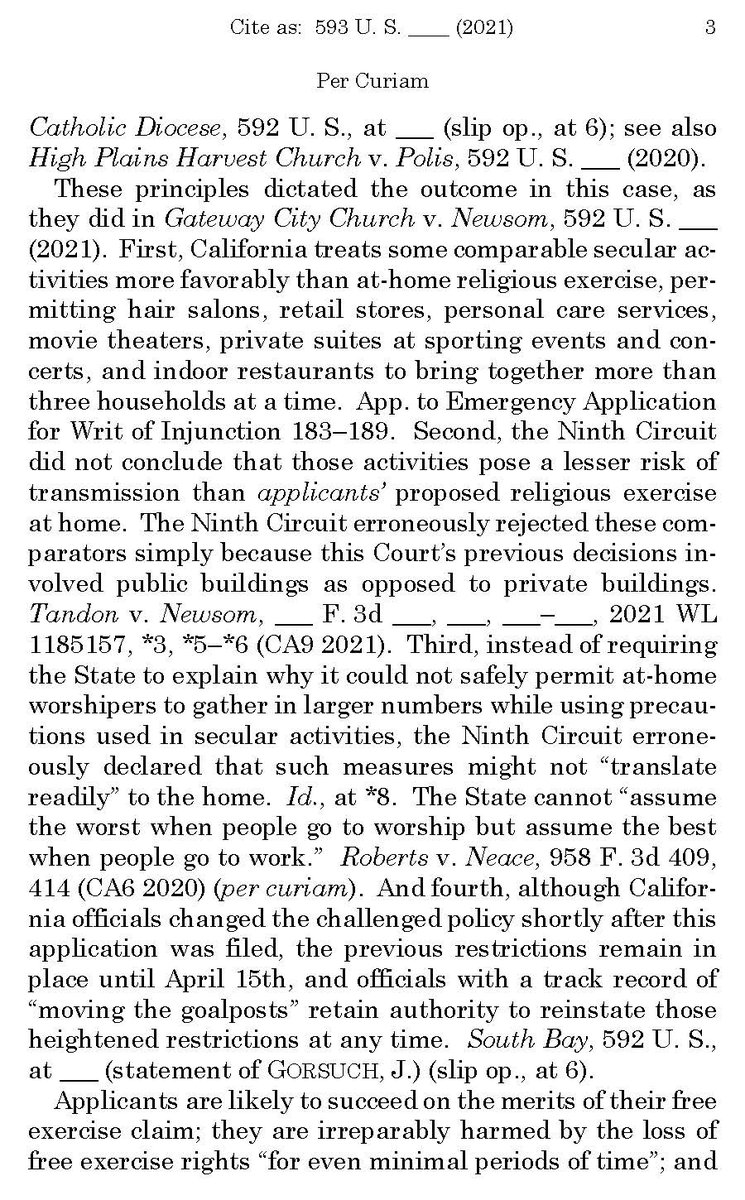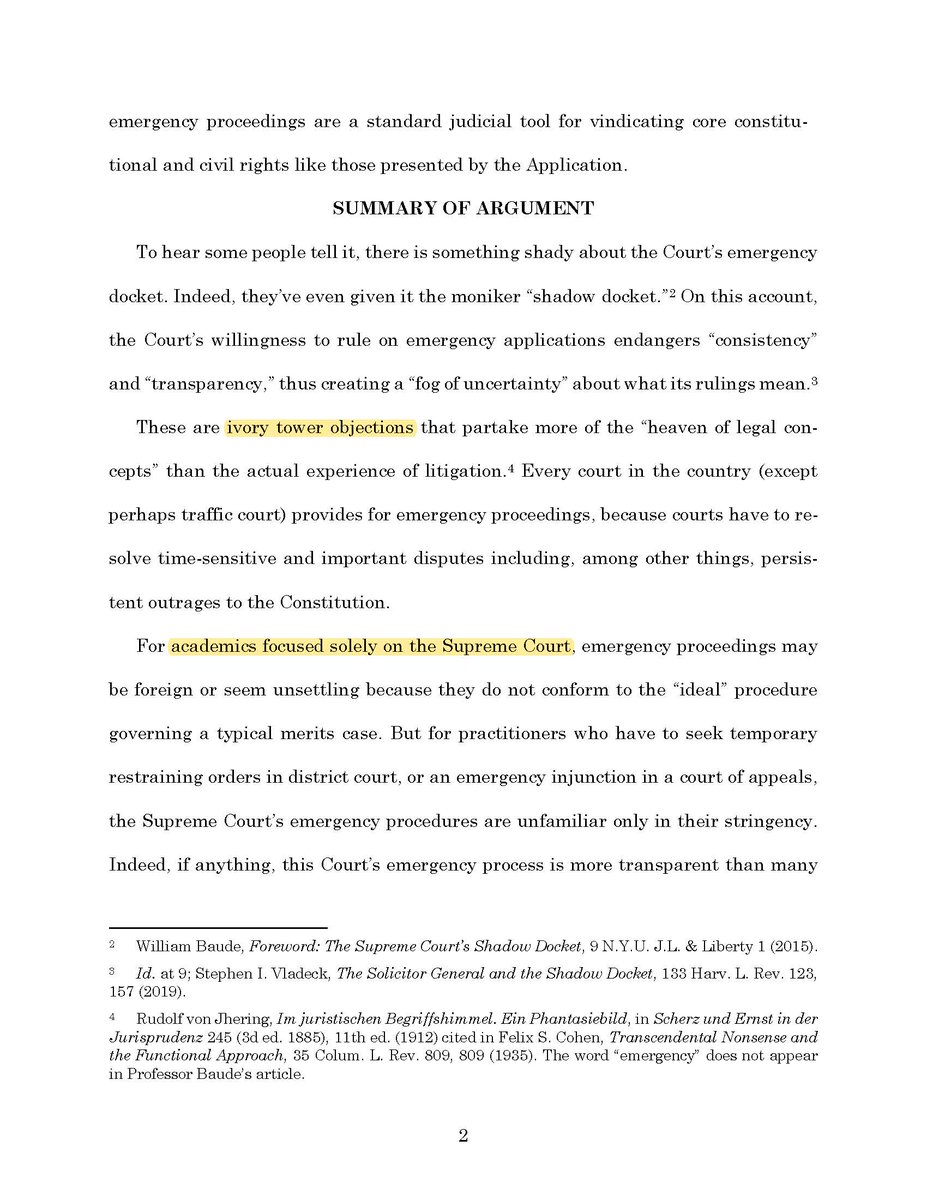
Correcting an earlier tweet: 22 state AGs joined a letter attacking the constitutionality of D.C. statehood:
ago.wv.gov/Documents/DC%2…
One of the letter's arguments would also call into question the constitutionality of *six* of the AGs' states, as well: AL, IN, KS, MS, OH, & OK.
ago.wv.gov/Documents/DC%2…
One of the letter's arguments would also call into question the constitutionality of *six* of the AGs' states, as well: AL, IN, KS, MS, OH, & OK.
That's because the letter implies that, when a state cedes territory to the federal gov't, the territory can't later become part of a new state without the ceding state's specific consent. Except that each of these 6 states *includes* examples of territory meeting that criteria.
The letter's other argument—that, once Congress fixed the size of the seat of government at 100 square miles, it couldn't reduce it—is belied by the text of the Constitution ("not exceeding 10 miles square") and history (it hasn't been true since 1846):
https://twitter.com/steve_vladeck/status/1374358118256275457?s=20
My original tweet incorrectly included three additional states in the tally of AGs arguing against their own statehood. But there are (different) reasons why Arkansas, Kentucky, and Missouri would not be similarly situated to D.C. for these purposes, hence the correction.
• • •
Missing some Tweet in this thread? You can try to
force a refresh











